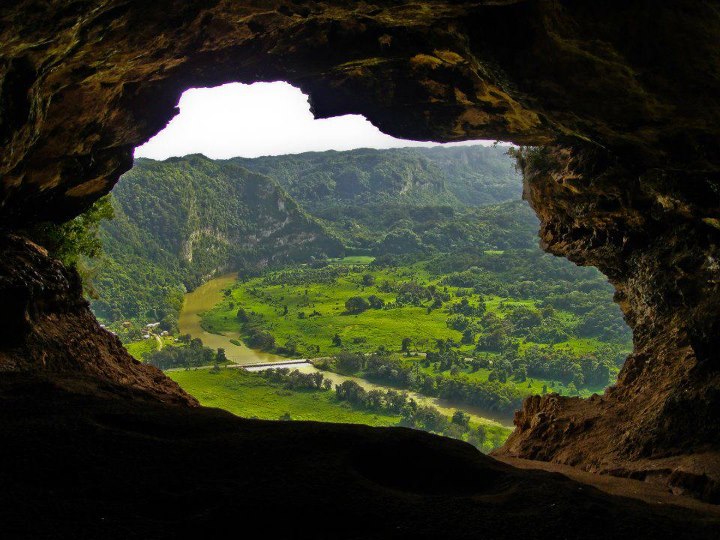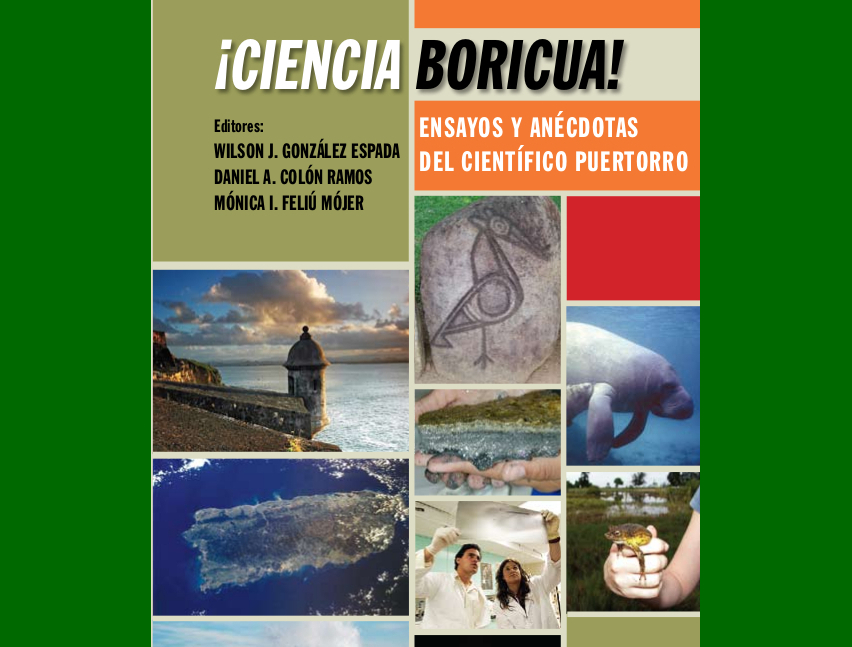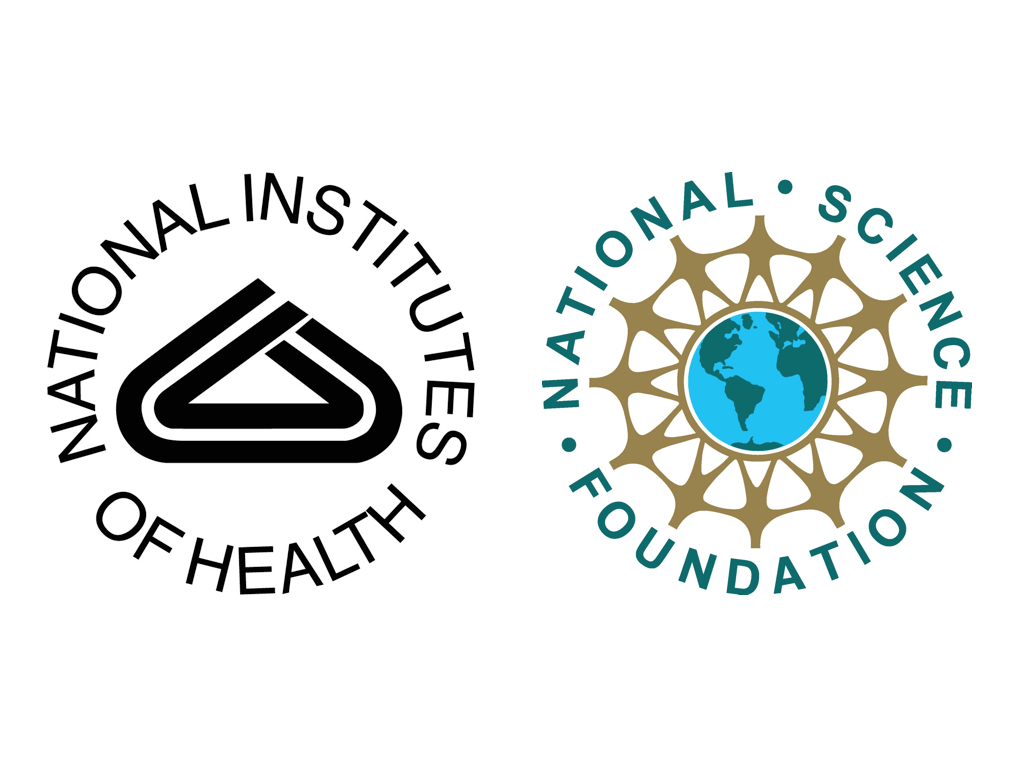FINDING ANSWERS IN NATURE
Submitted by Natasha De Leon Rodriguez on
Finding answers in nature
By: Natasha DeLeon-Rodriguez
Do you remember when your grandma gave you natural remedies when you were sick? Well, she may have a reason for it at the end of the day. Since early civilizations, it is very common to use plants or natural remedies to survive different diseases and illnesses. In current times, it may not be a common practice, but most of the medicines we use today, came from nature. Antibiotics, probiotics, analgesics, relaxants, have bio- derived components. We may not be aware of the diversity that exist in the world, which is still mostly unknown to us. And since, we are unaware of it, we are also not aware of the capabilities it may have in medicine or other areas.
It is known that Puerto Rico, and the rest of the islands of the Caribbean are a biodiversity hotspot, meaning we have a huge and vast biodiversity. Do we know about it? Are we using its full potential? Since the early 1900’s we know about the medical applications of some plants in Puerto Rico, like “soursoup” fruit. Our first scientists, Augustin Stahl, Ana Roque de Duprey, and Dr. Carlos E. Chardon, to mention a few, studied these plants, collected them, described them. Still, there is a need to centralize this knowledge and put a good use to it.
The Puerto Rico Science, Technology, and Research Trust notice the potential in the biodiversity that Puerto Rico have and for that reason will launch the Center for Tropical Biodiversity and Bioprospecting. Dr. Abel Baerga, Director of the Center and Associate Professor at the University of Puerto Rico talked with us about this initiative.
What is the Center for Tropical Biodiversity and Bioprospecting?
 Dr. Baerga: The Center for Tropical Biodiversity and Bioprospecting is an initiative of the Puerto Rico Science Technology and Research Trust to increase Puerto Rico’s leadership in biodiversity-related research and to explore the more applied or useful aspects of such research.
Dr. Baerga: The Center for Tropical Biodiversity and Bioprospecting is an initiative of the Puerto Rico Science Technology and Research Trust to increase Puerto Rico’s leadership in biodiversity-related research and to explore the more applied or useful aspects of such research.
Why it is important to have a center like this?
Dr. Baerga: Puerto Rico is globally known for its natural beauty and its broad biodiversity resources, which include plants, insects, vertebrates and microbial life. In addition, there are decades of field research conducted by the many Puerto Rico-based scientists aimed at characterizing and cataloguing organisms found in the different ecosystems. Moreover, Puerto Rico is home to numerous biological collections built over the last 100 years, with the infrastructure for the preservation and the digitization of these collections. We now propose a center that will: provide a regulatory framework for the preservations of natural resources and collections and explore avenues to derive benefits, economic or societal, from these substantial resources.
What is bioprospecting?
Dr. Baerga: Bioprospecting is the exploration of the natural world in search of organisms or chemical compounds that can have some common benefits. These benefits can be societal or economic and they can be extracted by public entities or in collaboration with private companies. It is important that bioprospecting activities are carried out in accordance with basic principles of benefit sharing so that the people living near biodiverse ecosystems are encouraged to maintain the resources.
How is it going so far? What have you achieved and what are the goals for 2016?
Dr. Baerga: We are moving forward with the planning stages of the initiative. We have met with a number of stakeholders: researchers, collections managers and directors and companies to let them know of the initiative and to obtain valuable feedback from them. We have already sponsored a number of symposia in meetings to inform the scientific and business community, about the initiative. By the end of the year we expect to name a scientific advisory board that will consist of global leaders in biodiversity research. And also we will set in motion the drafting of regulations for bioprospecting research.
What can Puerto Rico offer in this area?
Dr. Baerga: As I said, Puerto Rico is in a prime spot for the development of biodiversity research and bioprospecting. Not only do we have a vast biodiversity that has been preserved through environmental conservation efforts, but we also have the infrastructure and a critical mass of scientists as a nice complement. For example, there is a research station at the foot of El Yunque Tropical Rain Forest and a Marine Sciences Laboratory that is very well equipped at the La Parguera reef. Also, the saltern lagoons in Cabo Rojo, prime spot for the study of salt-loving microbes, is in the custody of the University of Puerto Rico in Humacao. Moreover, Puerto Rico is the home of numerous biospecimen collections with nearly 750,000 specimens between them.
Do you have an example?
Dr. Baerga: There are a number of projects that have explored the more practical side of biodiversity research. The research group of Dr. Matías Cafaro in Mayagüez discovered a number of new microorganisms that thrive on the surface of ants. This class of microorganisms typically has the capacity to produce antibiotics and other bioactive compounds, yet there have been no efforts to screen these microbes for antibacterial or antifungal activity. Similarly, there are numerous projects at UPR-Humacao and UPR-Cayey for the isolation of active compounds from tropical plants. It is our intention to encourage research into the applicability and the medical potential of these research projects.
What economic benefits have this activity in Puerto Rico?
Dr. Baerga: Estimating the economic potential of bioprospecting activities is not an easy or straightforward task. In fact, from a strictly commercial point of view, previous bioprospecting activities in other countries did not yield the economic returns that were once anticipated. However, we now propose a fresh look at bioprospecting. Instead of engaging in a random search for useful samples, we will start from locally grown projects: local knowledge that has matured to the point in which we can reasonably expect to find some successes.
What needs to be done to go to the next level?
Dr. Baerga: As I mentioned before, we are at the planning stages of a broad initiative with many components: commercialization, regulatory affairs and collections. The next stage is the implementation phase in which we will generate local regulations to govern bioprospecting activities, we will establish a centralized outlet for the commercialization of biodiversity research and we will revamp our biospecimen collections to make them widely available through the internet in digital form.
As Dr. Baerga said, Puerto Rico has great potential. We must explore and exploit our resources in a smart and sustainable way.
About Dr. Abel Baerga: Dr. Baerga is the Acting Director of the Puerto Rico Center for Tropical Biodiversity and Bioprospecting, an initiative of the Trust that aims to enhance infrastructure and capacity in the conservation, management and commercialization of local biodiversity resources. He is currently an Associate Professor of Biochemistry at the UPR-MSC, where he lectures graduate courses on protein structure and enzymology, and supervises a research group with funded projects in the areas of enzyme discovery/evolution and the development of production methods for HIV glycoproteins as vaccines. He also provides consulting services to local biopharmaceutical manufacturing operations and to the PR Chemist Association in the areas of method transfer, quality control, and glycoprotein analysis. He has a BA in Chemistry from the UPR; a PhD in Chemistry and Biochemistry from the University of California in San Diego and was a Royal Society Postdoctoral Fellow at the University of Cambridge, United Kingdom.








